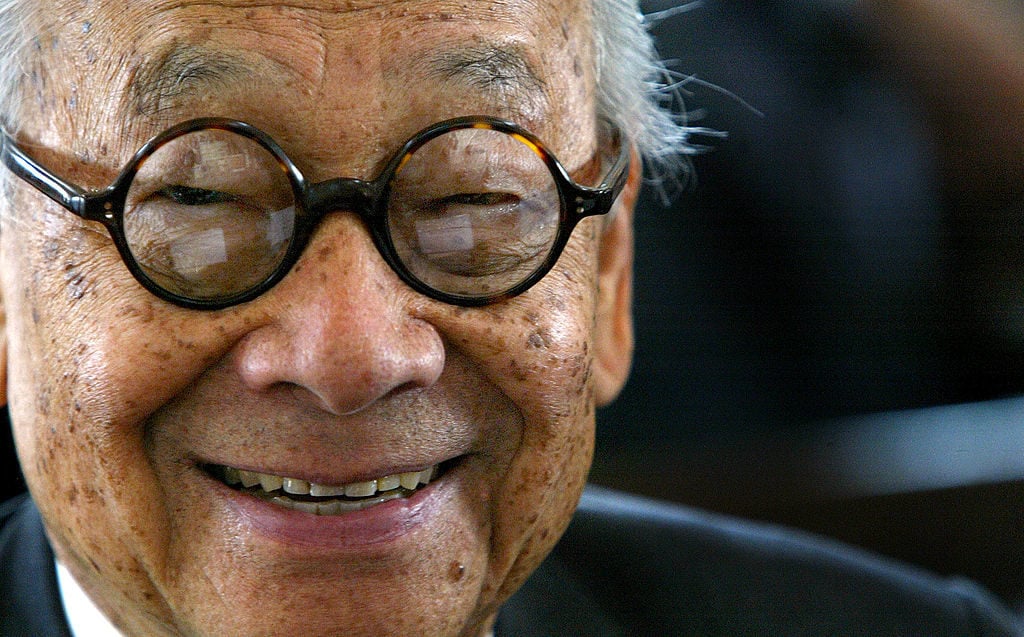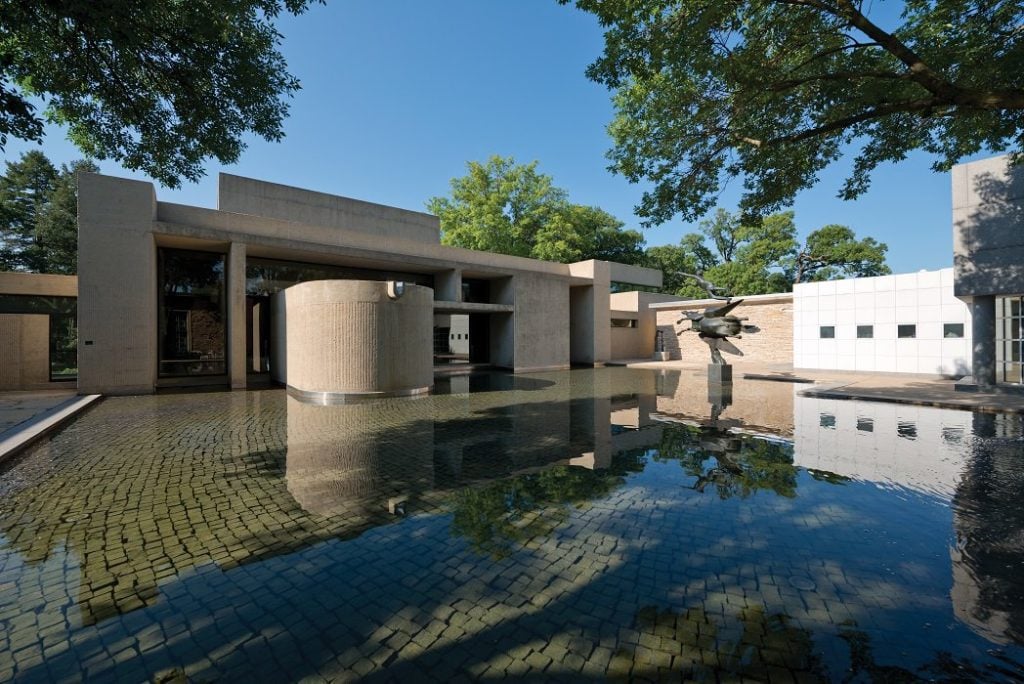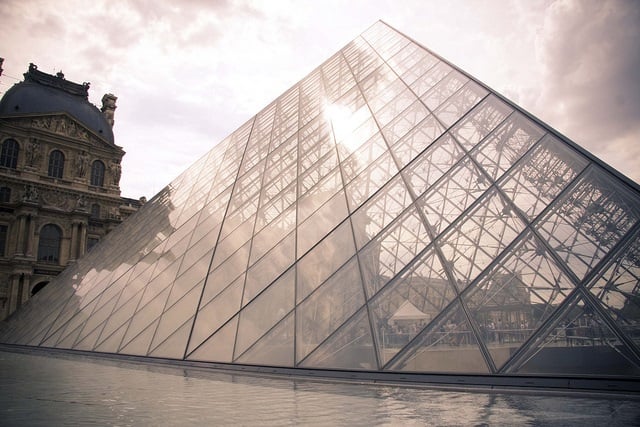People
See I.M. Pei’s 6 Best Museum Designs in Honor of His 100th Birthday
The newly minted centenarian's most-iconic work.

The newly minted centenarian's most-iconic work.

Sarah Cascone

Renowned architect I.M. Pei, winner of the Pritzker Prize for architecture way back in 1983, turns 100 today. He was born in China on April 26, 1917, and moved to the US to study architecture. Among Pei’s many iconic buildings are Hong Kong’s geometric Bank of China Tower skyscraper and the Dallas City Hall, which takes the unusual form of an inverted pyramid, with floors getting larger with each level.
In honor of Pei’s life and career, we’ve rounded up six of his most memorable museum buildings.

I.M. Pei, Des Moines Art Center Sculpture Wing (1968). Courtesy of the Des Moines Art Center/photographer Rich Sanders.
Des Moines Art Center Sculpture Wing (1968)
Pei’s first museum project was the sculpture wing of the Des Moines Art Center, which was designed to house monumental sculptures. It needed to be twice the height of the existing building by Eliel Saarinen, but Pei built his new structure at the base of a slope, keeping the larger building from overwhelming its neighbor. He also incorporated a striking reflecting pool into the design’s courtyard.

The Miho Museum. Photo courtesy Wikimedia Commons.
Miho Museum, Kyoto, Japan (1997)
Pei had to get creative for this design, placing most of this glass, steel, and wood building underground, carved straight into the mountain. Just this week, Louis Vuitton announced plans to use the museum to host its 2018 Cruise collection show at the Miho, presumably using the long, tube-shaped tunnel entryway as its catwalk.

I.M. Pei, Museum of Islamic Arts (2008). Courtesy of Shahin Olakara via Wikimedia Commons.
Museum of Islamic Arts, Doha, Qatar (2008)
Pei came out of retirement to build this museum, completed when he was 91, on a man-made island. In preparation for the project, he spent six months traveling the Middle East to immerse himself in the region’s architectural traditions, ultimately incorporating into the final design the geometric forms that make up so much of Islamic art.

Suzhou Museum, Photo Wikimedia Commons.
Suzhou Museum, Suzhou, China (2006)
The building for this museum of Chinese art and craft draws on traditional Chinese architecture, with whitewashed plaster walls and clay-tile roofs incorporated into a new, undeniably modern design. The project, one of Pei’s last, was the subject of an episode of PBS’s series American Masters.

The National Gallery of Art’s I.M. Pei designed East Building. Photo: Wikimedia Commons.
East Building, National Gallery of Art, Washington, DC (1978)
With its two soaring tower galleries and rooftop terrace, the East Wing of the National Gallery makes a huge visual impression. It was the success of this gig that led to Pei’s Louvre commission, and the building still holds up as one of his masterworks, having recently reopened following renovations.

The Louvre Museum. Courtesy Laura Suarez via Flickr Creative Commons.
The Louvre Pyramid, Paris (1993)
Today an international icon, the striking glass and metal pyramids Pei constructed as a new entryway to the famed Louvre museum were a flashpoint of controversy upon their original creation. “I received many angry glances in the streets of Paris,” Pei recalled later. “After the Louvre, I thought no project would be too difficult.”
Though some doubted the appropriateness of pairing Pei’s Modernist structures with the existing French Renaissance-style buildings, it has proved with time to be an incredible marriage of old and new.